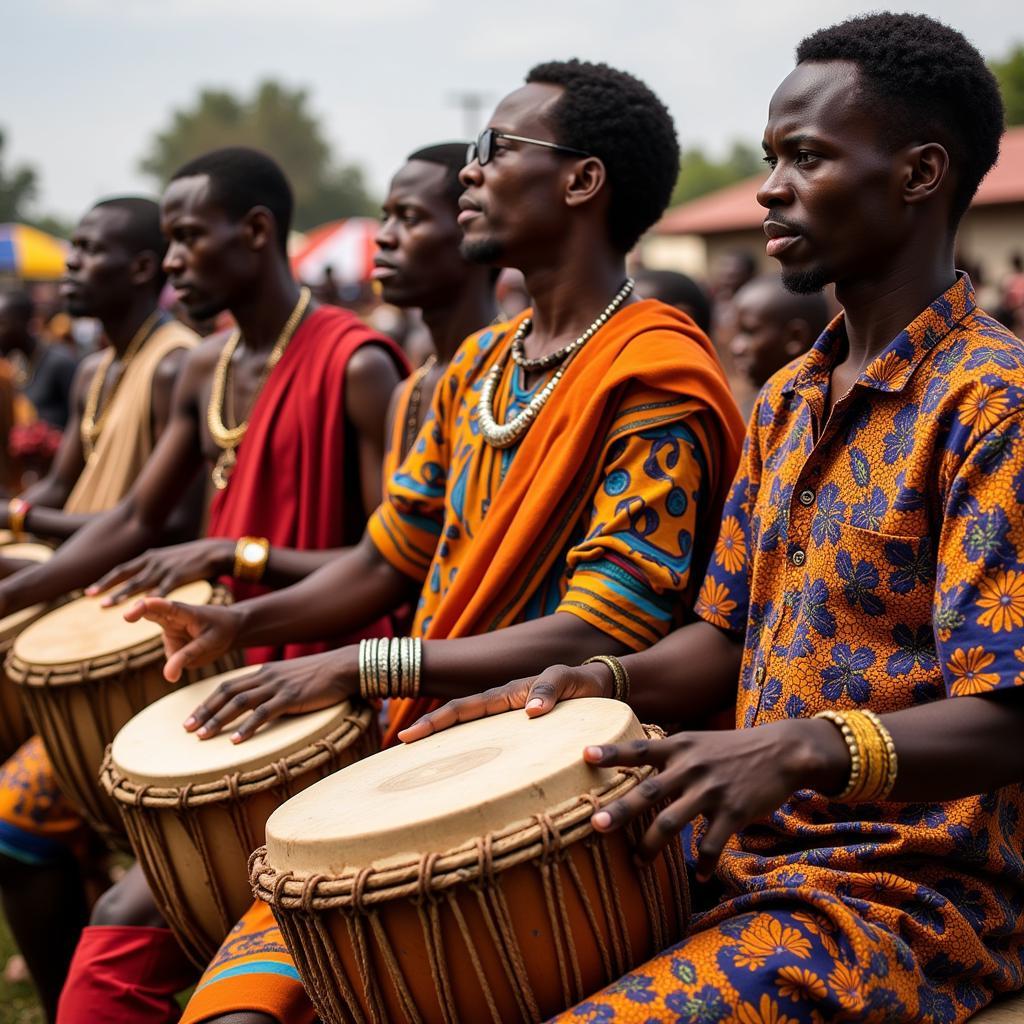African Flycatcher Birds: A Comprehensive Guide to These Vibrant Avians
The African Flycatcher is a captivating bird species, known for its striking plumage and fascinating hunting techniques. These birds are a common sight across the African continent, showcasing a remarkable diversity in species and habitats. This article explores the captivating world of African Flycatchers, delving into their unique characteristics, behaviours, and importance in the African ecosystem.
A Glimpse into the World of African Flycatchers
African Flycatchers belong to the Muscicapidae family, a diverse group of songbirds found across the globe. These birds are typically small to medium in size, with a distinctive slender body and a long, pointed beak. They are renowned for their vibrant plumage, displaying a range of colours and patterns that vary significantly between species.
Types of African Flycatchers
The African Flycatcher family encompasses a diverse array of species, each boasting unique physical attributes and adaptations. Some of the most common and fascinating African Flycatchers include:
- The Pied Flycatcher: This species, with its striking black and white plumage, is a common sight in woodlands and gardens across Africa.
- The Paradise Flycatcher: This flycatcher is known for its distinctive long tail streamers, resembling a magnificent feathered train, which are particularly prominent during the breeding season.
- The Red-Chested Flycatcher: This vibrant bird, with its fiery red breast and grey wings, is a stunning sight against the backdrop of the African savanna.
- The Chinspot Flycatcher: This species is easily identified by the striking black spot on its chin, a prominent feature that gives it its unique name.
Where Do African Flycatchers Live?
African Flycatchers are highly adaptable birds, inhabiting a wide range of habitats across the African continent. They can be found in:
- Forests: From dense rainforests to open woodlands, African Flycatchers find refuge and sustenance in diverse forest environments.
- Savannahs: The vast African savannas, with their scattered trees and grasslands, provide ideal hunting grounds for these opportunistic birds.
- Gardens: Many species of African Flycatchers have adapted to urban environments, finding a niche in gardens and parks, often benefiting from human-provided food sources.
Hunting Techniques: Masters of Aerial Acrobatics
As their name suggests, African Flycatchers are skilled hunters, relying on their agility and sharp eyesight to capture insects in mid-air. They perch on exposed branches or wires, patiently waiting for their prey to appear. When a potential meal comes within striking distance, they launch themselves into the air with incredible speed and precision, snatching the insect in their beak with remarkable accuracy.
“African Flycatchers are truly fascinating creatures,” says renowned ornithologist Dr. Akili Simba, “Their hunting skills are a marvel to watch, showcasing the beauty and efficiency of nature’s design.”
Breeding and Nesting Habits
African Flycatchers are known for their complex and captivating breeding rituals. Their nesting habits vary between species, with some building intricate nests in tree cavities or dense foliage, while others prefer simpler, open-cup nests. The males of many species engage in elaborate courtship displays, showcasing their vibrant plumage and intricate songs to attract potential mates.
Conservation Status and Threats
While many African Flycatcher species are relatively common, certain species face threats from habitat loss and degradation. The increasing demand for land for agriculture and urban development, coupled with the impacts of climate change, poses challenges to the long-term survival of these fascinating birds.
The Importance of African Flycatchers in the Ecosystem
African Flycatchers play a vital role in maintaining the delicate balance of the African ecosystem. As insectivores, they help control insect populations, preventing potential outbreaks that could disrupt the natural environment. Their presence is an indicator of a healthy and thriving ecosystem.
Frequently Asked Questions About African Flycatchers
1. What is the lifespan of an African Flycatcher?
The lifespan of an African Flycatcher varies depending on the species, but typically ranges from 5 to 10 years.
2. Are African Flycatchers migratory birds?
While some species are migratory, others are resident, remaining in their breeding grounds year-round.
3. What is the best time of year to see African Flycatchers?
African Flycatchers are generally most active and visible during the breeding season, which varies depending on the species and geographic location.
4. What are the main threats to African Flycatchers?
Habitat loss, climate change, and the use of pesticides are major threats to African Flycatcher populations.
5. Can I attract African Flycatchers to my garden?
Yes, you can attract African Flycatchers to your garden by providing a suitable habitat, including dense shrubs and trees, as well as sources of water.
Conclusion
The African Flycatcher is a symbol of the vibrant and diverse avian life found across the African continent. From their striking plumage to their intricate hunting techniques, these birds offer a glimpse into the beauty and wonder of the natural world. Understanding their characteristics, behaviours, and importance in the ecosystem is crucial for ensuring their long-term survival. As we continue to learn and appreciate the unique world of African Flycatchers, we can contribute to their conservation and the preservation of the African environment for generations to come.

